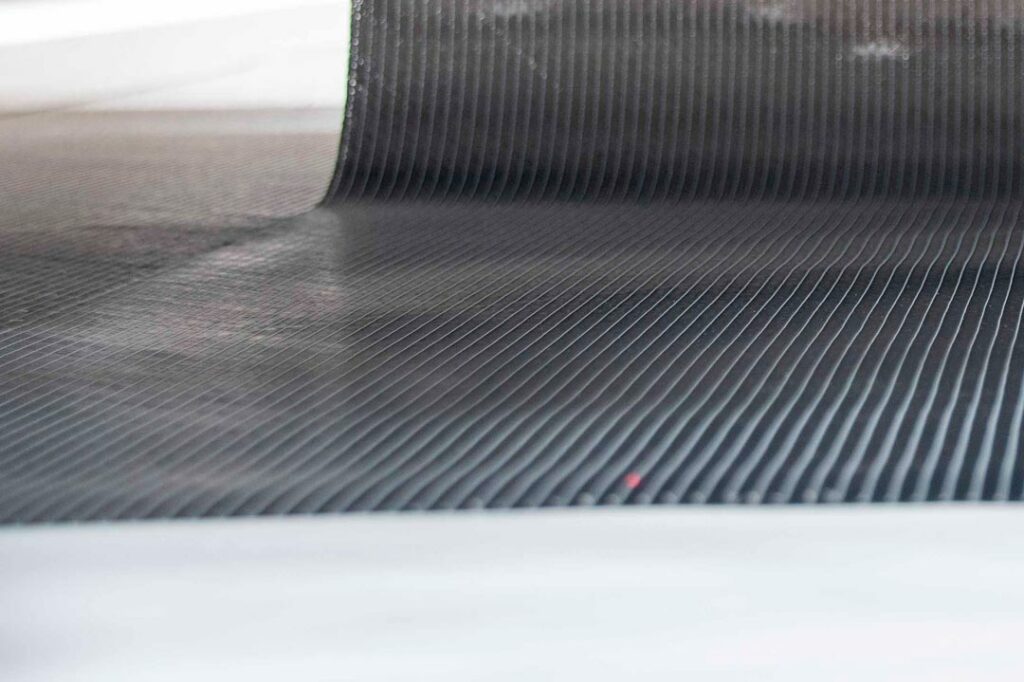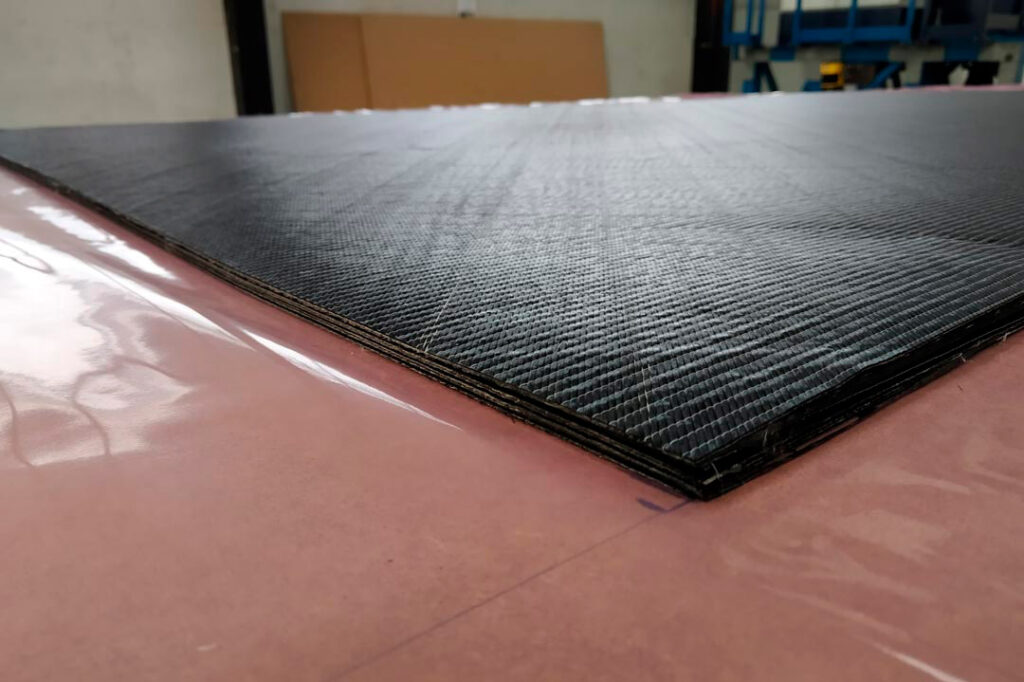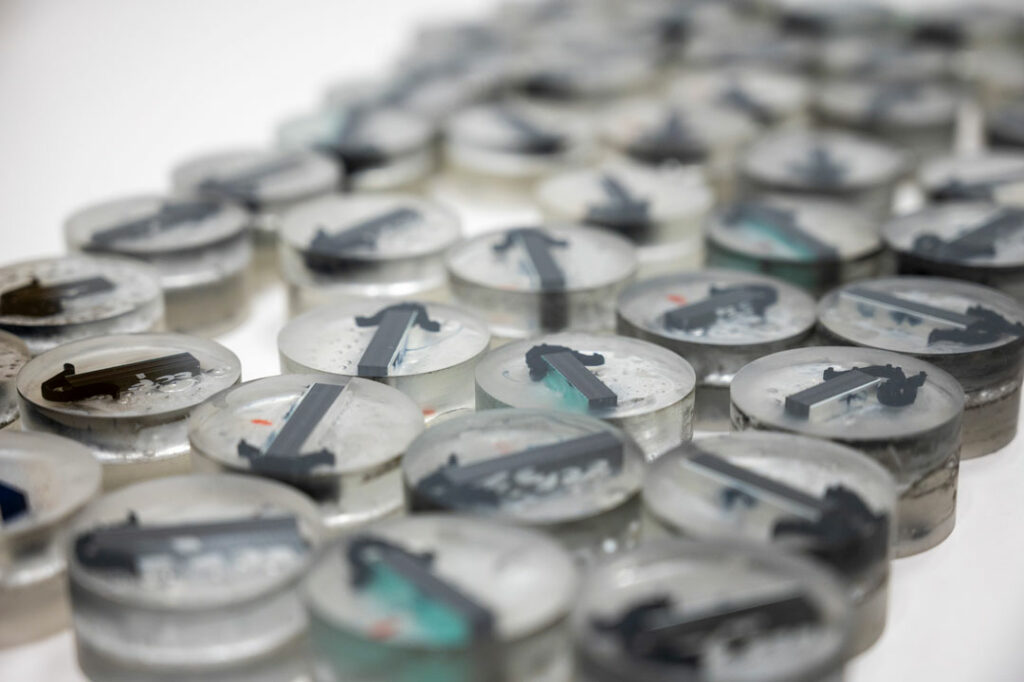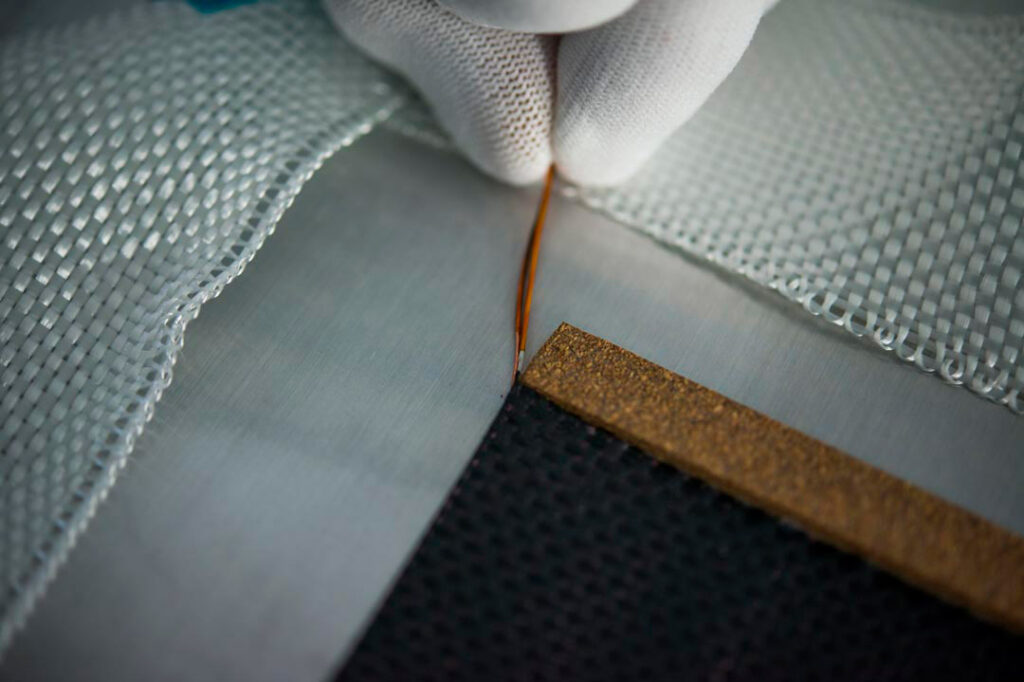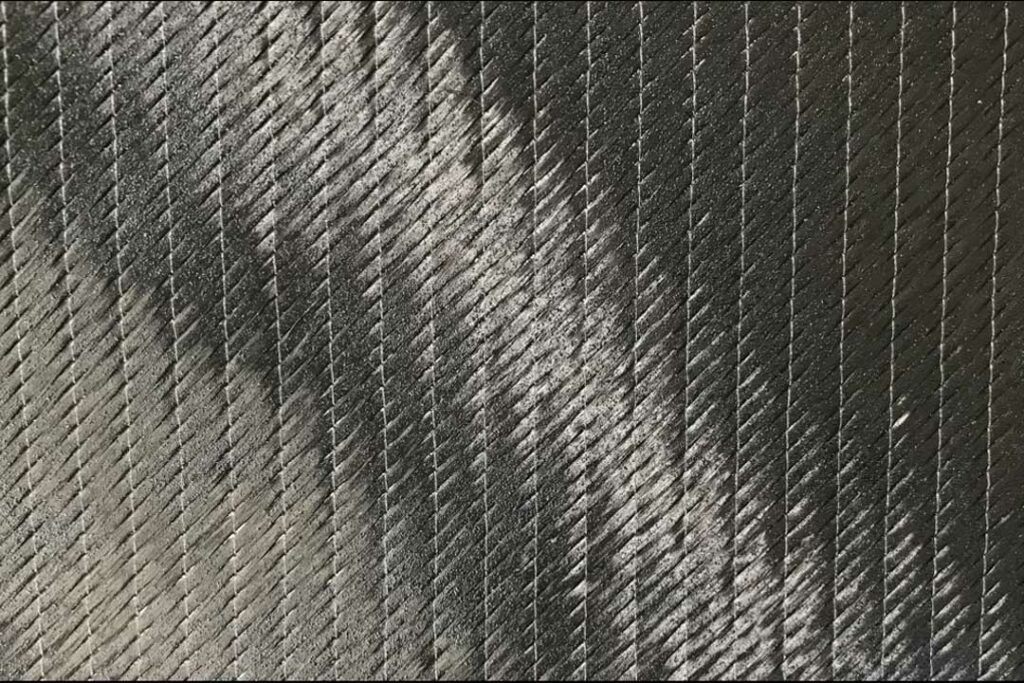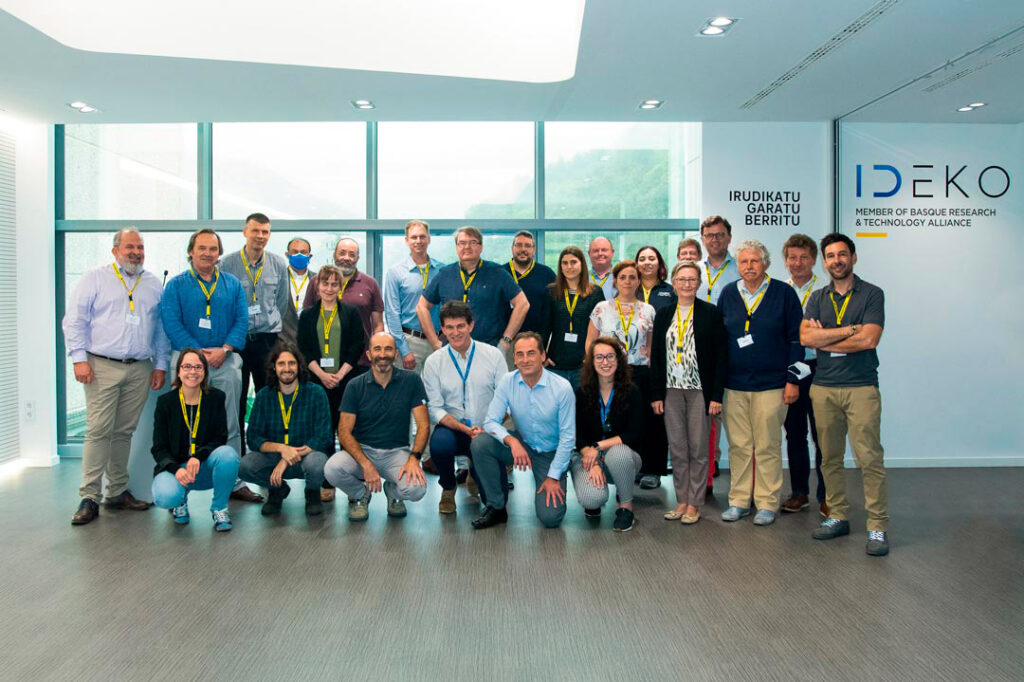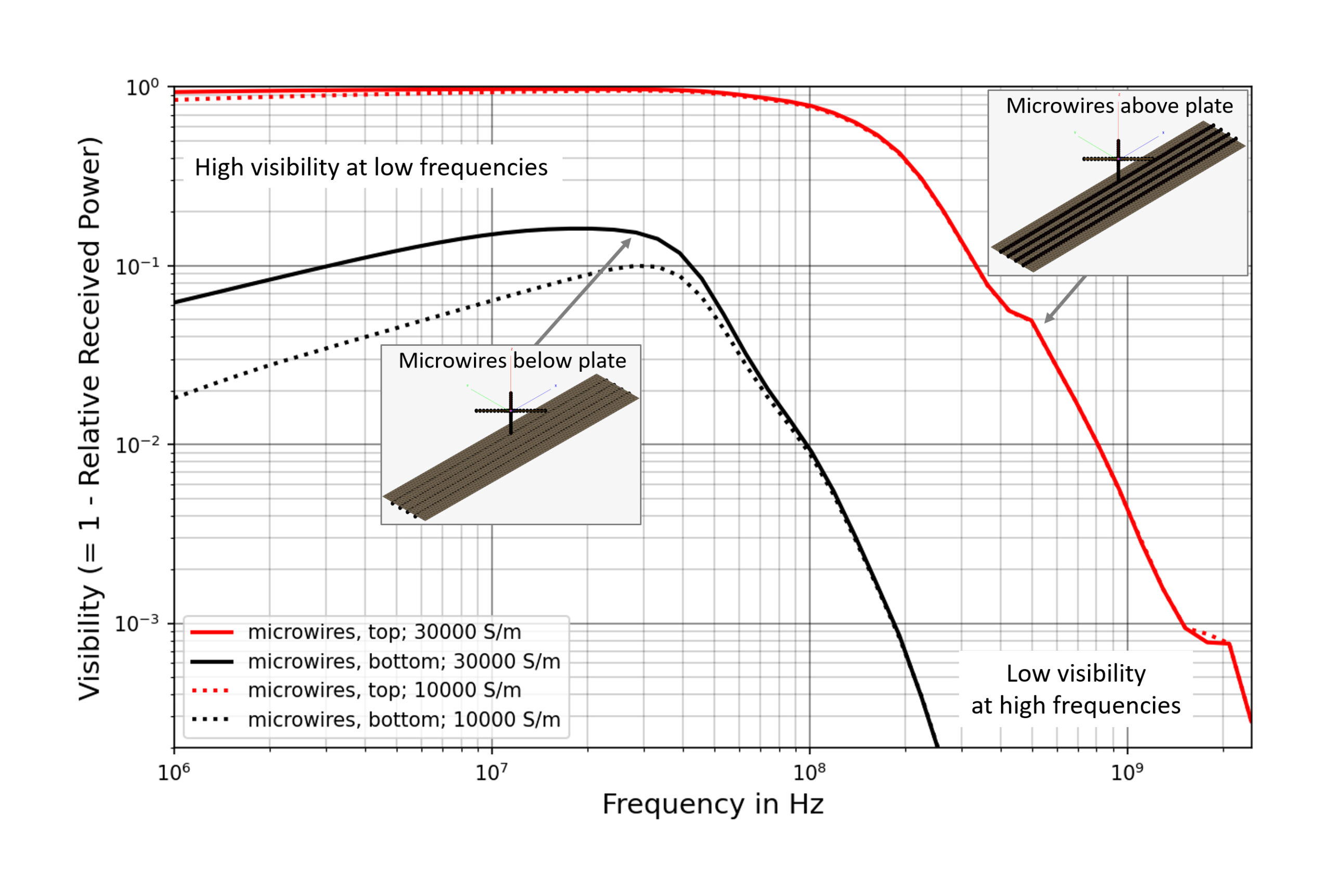The investigation of the structural integrity of composite components is a non-trivial task since it has to account for multiple different failure modes such as fiber breakage, matrix cracking or delamination.
Any approach to facilitate the testing and monitoring of composite components is, therefore, welcome. One possibility for detecting defects in composites is the embedding of thin metallic wires, so-called microwires, in the composite.
By tailoring the electromagnetic properties of these microwires, it is possible to make them highly sensitive to changes in their surrounding stress and strain conditions. The question is then how to detect these changes in the most efficient manner.
At this point, electromagnetic radio frequency simulations are a great tool to give insight into the interaction of the microwires and the composite material they are embedded in. At CAE Simulation & Solutions, we used Altair® Feko® for the systematic investigation of sensor antenna configurations and their interaction with composite plates with and without microwires.
The goal was to find a setting where any change of the microwire configuration has a maximum influence on the change of the signal that is received by a handheld sensor which is moved across the composite surface. Such a sensor can consist of a sending and a receiving antenna which are arranged perpendicular to each other, and are held parallel to the composite surface.
For any given antenna configuration, the frequency of the emitted signal is the dominant free parameter which can be used for increasing the received signal. The stronger the received signal is, the easier it is to detect changes in this signal due to damage in the laminate.
We found that the initially proposed sending frequency of 2.454 GHz was not optimal for the proposed task. Using systematic simulation studies it was shown that the received signal can be increased by three orders of magnitude by lowering the sending frequency to the MHz range. This surprising and encouraging result was then confirmed by experiments.
The figure below shows this finding for a specific composite coupon with four microwires on top (red lines) and on the bottom (black lines), respectively. Reducing the sending frequency from the GHz to the MHz range dramatically increases the “visibility” of the microwires, which is defined as the relative difference of the received signals with and without microwires.
The work was carried out within the Horizon Europe framework (HORIZON-CL5-2021-D5-01) “INFINITE – Aerospace Composites digitally sensorised from manufacturing to end-of-life”.

